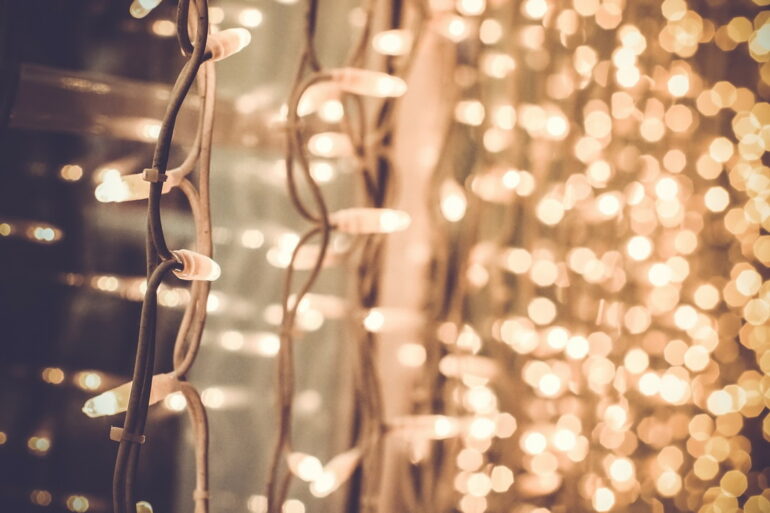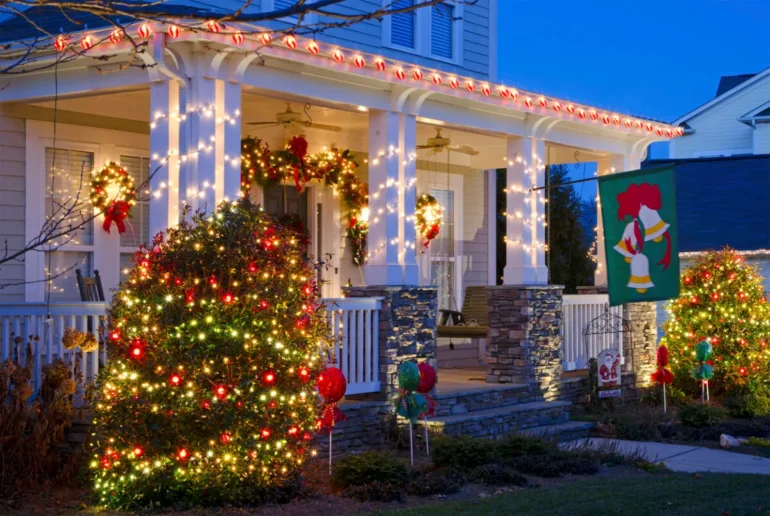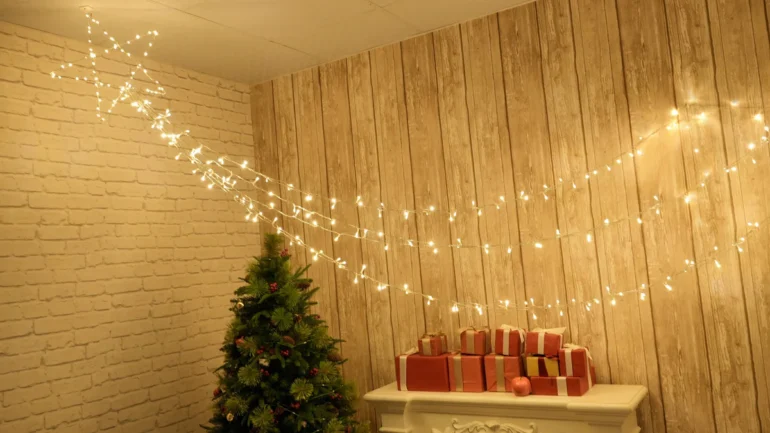
As I write this article, astronomical autumn (the fall equinox) is a mere one week away. I am already thinking about this year’s Christmas light display. I finally made the decision to switch to all LEDs a few years ago. I don’t regret that decision one bit. I can do so much more as a result.
No doubt there is something to be said about the warm glow of older incandescent lights. But LED manufacturers are getting better at recreating the same look. In the meantime, LEDs offer too much to ignore. My advice to any homeowner still working with incandescent bulbs is to make the switch. You will not regret it.
Not Actually Light Bulbs
An incandescent bulb is the very epitome of what a light bulb is supposed to be. It is a glass bulb with a thin filament inside, a filament that vibrates and emits light when electricity passes through it. An LED bulb is completely different.
An LED is not an actual light bulb. It’s an electronic diode encased in plastic. The diode can generate different colors of light depending on the semiconductor material inside. One material produces red, another produces green, and so forth.
When it comes to Christmas lights, the LEDs generally produce white light. Manufacturers achieve different colors using plastic covers manufactured in different colors. The covers can be designed to mimic the warm glow of incandescent bulbs.

Why Switching Make Sense
Now that you know the basics of LED Christmas lights, why make the switch? There are lots of reasons. Let’s just look at a few of them.
1. You Will Save Money
One of the downsides of my rather extensive Christmas light display from years ago was the cost. My electricity usage went up enough to make a difference on my December bill. But according to SameDay, an HVAC and electrical contractor in Salt Lake City, Utah, LED bulbs use 80-90% less energy compared to incandescent bulbs.
You read that correctly. So even with the same number of bulbs in my display, switching everything to LED reduced my electrical consumption to 10% of what at once was. These days, my light display isn’t even a blip on my utility bill.
2. More Lights on a Circuit
Compared to incandescent bulbs, LEDs draw a fraction of the power. In practical terms, that means I can have more lights on a single circuit. I don’t have to be as concerned about calculating the draw of each line and then making sure I spread the lines out at different outlets in order to not blow a circuit. It’s just not an issue anymore.
This gives me a lot more flexibility about where I run the lights and where they get plugged in. That matters to me, especially in the house I am living in now. I only have a limited number of exterior outlets to work with.

3. The Lights Will Last Longer
The icing on the cake is that LED light bulbs last longer. Gone are the days of spending hours going through my incandescent light strings replacing every bulb that had gone out. LEDs last 20-50 times longer. Put another way, a single LED can provide up to 50,000 hours of light. I’m changing the bulbs far less frequently.
There are even more reasons, including the fact that LEDs stand up to the weather better and allow for different types of displays that just weren’t possible with incandescent bulbs. I’m glad I made the switch. If you haven’t yet, why not do it this year?
